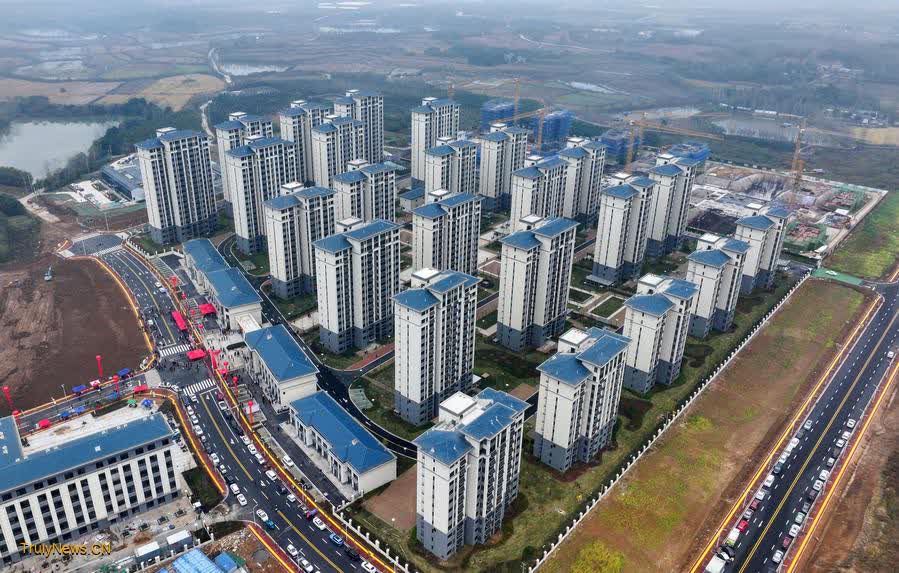
China will implement a normalized adjustment mechanism to narrow the gap between the interest rates of existing mortgages and newly-issued mortgages starting Friday, as part of the country’s ramped-up efforts to mitigate the drag of the property sector on growth and recoup consumer confidence.
Under the mechanism, mortgagers are eligible to negotiate with banks to reduce the spread between the interest rates of their existing mortgages and the corresponding LPR to a “threshold level” — equivalent to the spread between the weighted average new mortgage rate and the new LPR, plus 30 basis points, according to statements from China’s major six commercial banks.
The weighted average new mortgage rate for the third quarter of the year came in at 3.33 percent, the People’s Bank of China, the country’s central bank, said in a new column on its website. The PBOC will publish the reading quarterly in January, April, July and October.
Also from Friday, mortgagers can negotiate with banks to re-decide the repricing cycle — the time interval at which the LPR, or the pricing benchmark, of existing home loans is adjusted in line with the latest LPR reading. Most banks offer three options for the repricing cycle: three months, six months, and one year, compared with the only option of one year previously.
This will help mortgagers of exiting home loans reap the benefits of recent LPR reductions more timely and thoroughly, further easing early home loan repayments, experts said.
Friday’s move came after the PBOC promoted a new round of reduction in existing mortgage rates since September, which would bring them to a level close to 3.3 percent after all the existing mortgages are repriced in line with new LPRs.